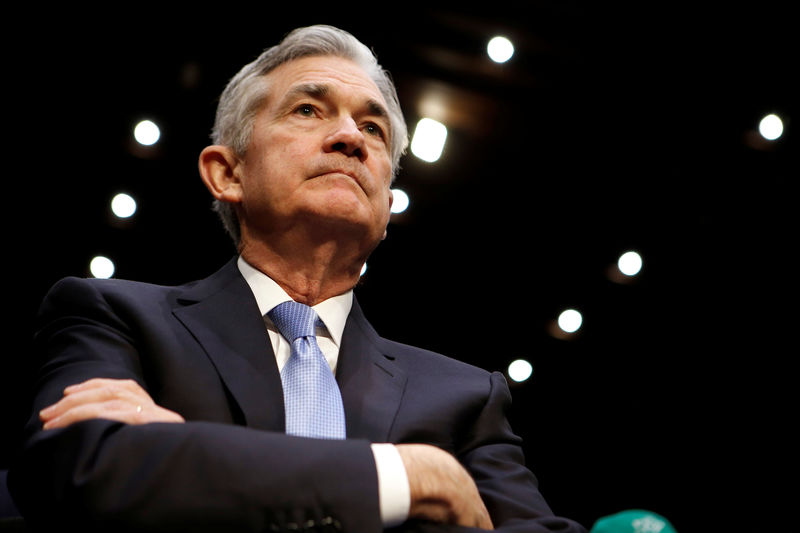This post was originally published on this site
https://i-invdn-com.investing.com/news/LYNXMPEDAR1B1_M.jpg
Investing.com — Stocks delivered a rip-roaring rally, racking up a win for the first week of trading for year. Evidence of a still tight labor market was largely brushed aside as the slowdown in wage growth dominated attention. But as investors chalk the jobs report down as a win for the Fed and a win for less hawkish monetarily policy, some on Wall Street caution against getting carried away.
“When you combine the [labor shortage] with some slowing economic growth, but still strong demand for services … that’s going to make this [economic] cycle different than previous cycles,” Brian Mulberry, client portfolio manager at Zacks Investment Management told Investing.com’s Yasin Ebrahim in an interview on Friday.
“The strong labour market will prevent the Fed from providing relief to the economy in the form of lower interest rates that most people are expecting,” Mulberry added.
The economy created 223,000 jobs last month, above economists’ estimates of 200,000. Average hourly earnings fell more than expected to 4.6%, stoking hopes that the Fed is winning in its battle against inflation and may soon lay down its hawkish weaponry.
“The wage data this [Friday] morning seems to have caused the market to reverse course [on pricing in higher rates], Jefferies said. Fed funds futures showed bets on the peak level of rates slipped below 5% following the data, while a rate cut at year-end continues to be priced in.
The 223,000 jobs created in December took average jobs gains over the prior three months to about 247,000 per month. This pace of job growth, if sustained, could wipe out the remaining supply of workers is just four months, Jefferies says, estimating the slack in the labor market at about 1.5 million workers.
To avoid an inevitable acceleration in wages, employment growth will have to slow significantly. But labor market data this week showing there was still nearly twice as many openings for each job seeker in November, suggests this red-hot labor market will continue, prolonging the Federal Reserve’s war against inflation for longer than many expect.
“Either employment growth has to slow significantly from here, or the labor market will continue to tighten and wage pressures will continue to intensify,” Jefferies added. “We are still leaning toward the latter scenario.”
Others agree, pointing to the tight labor market as a key risk that will extend the Fed’s tightening cycle.
“While this strong print today does not change our expectation of a step down to 25bps at the upcoming FOMC, continued robust jobs growth increases the risks of an extension of the tightening cycle beyond the next meeting,” Morgan Stanley said in a note.
Some investors intent on continuing the game of chicken against the Fed – by betting on a Fed pivot despite the central bank insisting that it will stay the hawkish course – point to a slump in short-term Treasury yields as evidence that the Fed will relent and abandoned its hawkish policy.
But the Fed’s minutes from its December showed that no members were expecting a rate cuts this year. It also flagged concerns about “unwarranted easing in financial conditions,” especially if driven by the “misperception” from markets of a sooner rather than later pivot, that would complicate the Fed’s fight against inflation.
“When you see the shorter end of the yield curve inverted the way that it is now, a lot of people will say that means in six to nine months, interest rates will have to come down,” Mulberry said.
“That has happened historically and is an accurate assessment, but in the minutes from the Fed’s December meeting [released] this week, it was unanimous from the whole voting member of the FOMC that they are going to keep interest rates high all year long.” Mulburry added.

